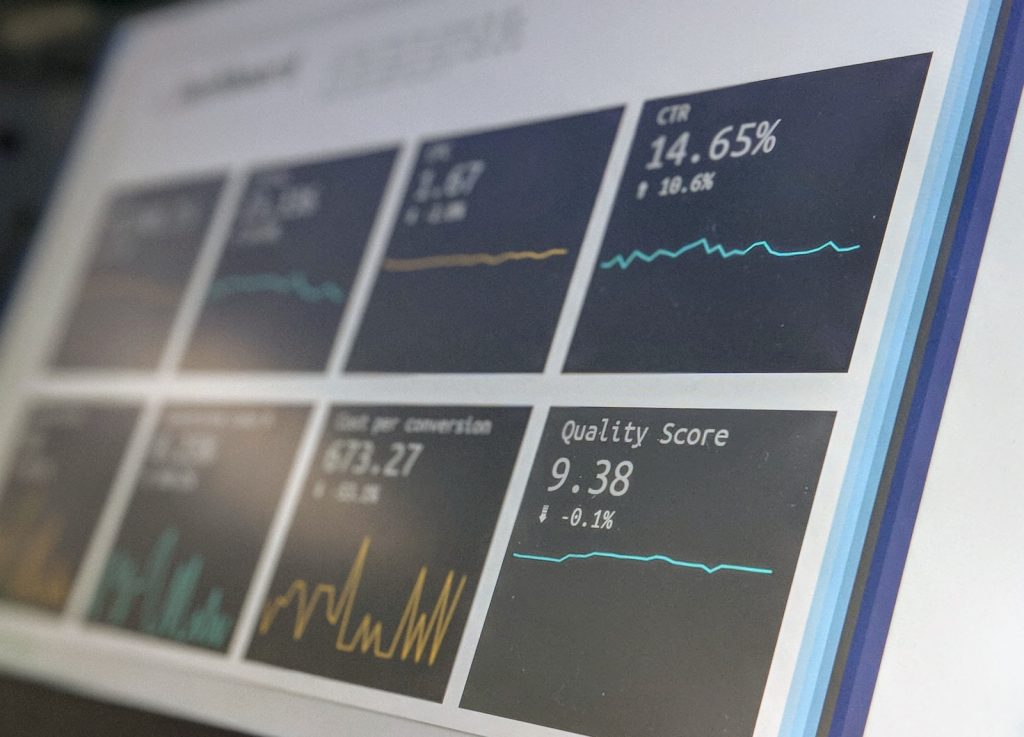A well-designed menu pricing strategy is crucial for profitability and long-term success in the highly competitive restaurant industry. I
t not only determines the financial health of your establishment but also plays a significant role in shaping customers’ perceptions of your brand.
In this comprehensive article, we will explore every aspect of implementing a restaurant menu pricing strategy, empowering you with the knowledge and tools necessary to make informed decisions that maximize revenue and customer satisfaction.
Understanding the Importance of a Well-Designed Restaurant Menu Pricing Strategy
Effective menu pricing goes beyond simply assigning prices to your dishes.
It involves a strategic approach to pricing that considers factors such as ingredient costs, competitor pricing, and customer psychology.
A well-designed pricing strategy ensures that your menu reflects your restaurant’s value while being profitable and appealing to your target audience.
Key Factors to Consider When Developing a Restaurant Menu Pricing Strategy and When Crafting your menu pricing strategy, several factors demand careful attention.
First and foremost, conducting comprehensive market research to analyze your competitors’ pricing strategies is essential.
By understanding how their pricing structures and positioning compare to yours, you can identify opportunities for differentiation and address any gaps in the market.
Setting Clear Objectives
Defining Your Restaurant’s Goals for Menu Pricing Before developing your pricing strategy, it is imperative to define clear objectives.
Are you aiming for maximum profitability, attracting a specific target audience, or balancing affordability and quality?
By establishing these objectives, you create a framework that guides your decision-making process and ensures all pricing strategies align with your overarching goals.
Identifying Your Target Audience
Tailoring Your Pricing Strategy for Maximum Appeal and Your target audience is critical in shaping your pricing strategy.
Understanding their preferences, spending habits, and perception of value is crucial. By tailoring your pricing based on your target audience, you can align your menu with their expectations and optimize revenue.
The Psychology of Pricing
Leveraging Consumer Behavior to Optimize Revenue Consumer behaviour is influenced by various psychological factors, such as perception of value, pricing anchors, and the power of contextual cues.
Utilizing these principles to your advantage can help you optimize your pricing strategy.
You can influence customers’ purchasing decisions and maximise revenue by strategically placing certain items or presenting prices in a specific format.
Cost Analysis
Calculating Ingredient Costs and Overhead Expenses and An accurate cost analysis is foundational to your menu pricing strategy.
Calculating ingredient costs and overhead expenses ensures that your menu prices cover all costs while allowing for a reasonable profit margin.
By understanding your cost structure, you can make informed decisions to avoid underpricing or overpricing your dishes.
Profit Margin Calculation
Determining the Ideal Markup for Each Menu item and Markup calculation is crucial in determining your menu prices.
By considering your desired profit margin and applying it to your calculated costs, you can set reasonable prices for each menu item.
Striking a balance between profitability and affordability is critical to attracting customers while maintaining financial sustainability.
Strategic Placement
Positioning High-Profit Items on Your Menu and Menu Engineering involves strategically positioning and highlighting high-profit items.
By analyzing item profitability and customer preferences, you can ensure that your menu layout and descriptions direct attention to these items.
This placement maximizes the chance of customer selection, contributing to increased revenue and overall profitability.
Utilizing Tiered Pricing Structures
Offering Options to Cater to Different Budgets A tiered pricing structure allows you to cater to different customer budgets while maintaining profitability.
By offering options at different price points for the same dish or providing additional add-ons, you accommodate a wider range of customers, ultimately driving sales and satisfaction.
Promotions and Specials
Incorporating Limited-Time Offers to Drive Sales and Incorporating promotions and specials into your pricing strategy can create a sense of urgency and excitement. Whether it’s a limited-time discount or a seasonal special, these promotions encourage customers to visit your restaurant, increase sales, and create an atmosphere of exclusivity.
Seasonal Pricing Adjustments
Adapting Your Menu Prices to Reflect Market Changes and Seasonal pricing adjustments are essential to remain competitive and account for market changes.
You can adapt your menu prices by considering fluctuations in ingredient costs, consumer demand, and industry trends.
This flexibility ensures you maintain profitability while remaining relevant in a dynamic marketplace.
Implementing Dynamic Pricing Models
Maximizing Profits During Peak Hours and Eventsand Dynamic pricing models allow you to adjust prices in real time based on demand, time of day, or special events.
By implementing such models, you can optimize revenue during peak hours or capitalize on special occasions where customers may be willing to pay a premium.
The Importance of Regular Menu Price Evaluations and Adjustments for Long-Term Success and A successful Menu pricing strategy requires continuous evaluation and adjustments.
Regularly reviewing customer feedback, sales data, and market trends allows you to identify areas for improvement and make necessary price adjustments.
By actively monitoring and adapting, you can ensure your pricing strategy remains effective and aligned with your objectives.
Monitoring and Analyzing Sales Data
Using Metrics to Fine-Tune Your Pricing Strategy and Sales Data provides valuable insights into the success of your pricing strategy.
By analyzing metrics such as item popularity, profit margins, and customer feedback, you can fine-tune your pricing strategy for optimal results.
Data-driven decision-making ensures a proactive approach to adjusting prices, maximizing revenue, and improving customer satisfaction.
Training Staff on Effective Selling Techniques to Support the Chosen Pricing Strategy and Your staff’s involvement is crucial in successfully implementing your pricing strategy.
Providing thorough training on effective selling techniques equips them with the knowledge and skills to communicate value to customers.
Engaging customers in conversations about the quality and uniqueness of your dishes can justify menu prices and positively impact sales.
Communicating Value to Customers
Marketing Strategies to Justify Menu Prices and Effectively communicate the value of your dishes and overall dining experience is paramount.
You create a perception of superior value by showcasing the quality of ingredients, highlighting unique flavours, and sharing stories behind your dishes.
Engage in online and offline strategic marketing efforts to ensure your target audience understands and appreciates the value they receive for the prices you set.
Enhancing Customer Experience Through Value-Added Services Despite Higher Prices Your pricing strategy should extend beyond simply setting menu prices.
Consider value-added services or experiences that enhance the customer experience and justify higher prices.
This could include personalized recommendations, exceptional customer service, or innovative dining atmospheres.
By offering something unique, customers are more likely to perceive your pricing as fair and justifiable.
Overcoming Challenges and Objections from Customers Regarding Menu Prices Challenges and objections from customers regarding menu prices are inevitable.
To overcome these concerns, transparency and open communication are key.
Clearly explain the reasons behind your pricing decisions, emphasizing quality ingredients and exceptional service.
You can effectively manage objections and build trust with your audience by addressing and clarifying customer concerns.
In conclusion, implementing a restaurant menu pricing strategy requires careful consideration of various factors, from market research and cost analysis to customer psychology and targeting.
By taking a holistic approach and ensuring your pricing aligns with your objectives, you can create a menu that is profitable and resonates with your target audience.
Remember, regularly evaluating and adjusting your pricing strategy based on data and customer feedback is critical for long-term success.
With these insights and strategies, you can implement a pricing strategy that drives revenue, enhances customer satisfaction, and sets your restaurant apart from the competition.








